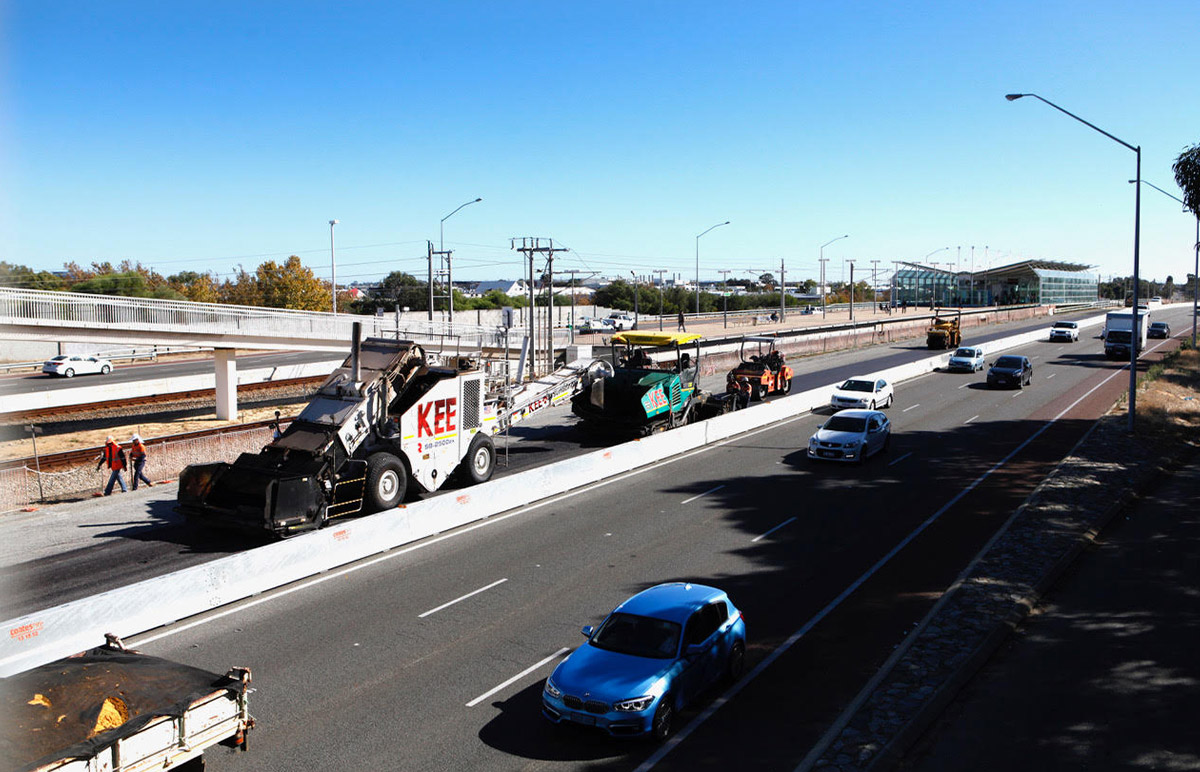3 Tips on Hiring the Best Compaction Equipment

Compaction is a crucial part of any construction job as it removes air pockets within the soil through force. It results in enhanced soil stability, higher soil load-bearing capacity, lower soil settling, reduced soil shrinkage and decreased water seepage, swelling and contraction.
Types of Compaction Equipment
A roller is used for efficient compacting, which allows the job to be finished with minor passes and overlap in between. When compacting a narrow or confined area like a footpath, you need smaller compactors like a small double drum pedestrian roller or rammers and vibrating plates.
Meanwhile, compaction rollers are generally built for particular project types, so figuring out which one you need means considering all the factors. Overall, compact rollers are reliable in improving and repairing roads and surfaces.
How to Choose a Compaction Equipment
Choosing the right one for your project will depend on several factors. Here are some tips to help you get the best compaction equipment:
Determine the Soil Type
There are two types of compactable soil: granular and cohesive. Granular soil can vary from fine sand to medium gravel, while cohesive soil particles are tiny slits and clays bound together.
When you know the soil type present at your job site, you can determine how to compact it. That’s because different compacting equipment work better on different soil variations. Generally, granular soil requires vibratory compaction, while cohesive soils need impact force.
Consider Site Specifications
Compaction equipment can differ between job sites. The first thing to be considered is whether there is enough room to operate the machine. If the project site has a lot of space, you might need a bigger unit to accomplish more in fewer passes.
In addition, you should also consider that steep terrain means you need to have a machine that can still operate well at an angle.
Use the Correct Compactor Type
There is numerous compaction equipment, and they all differ in how they pack the soil. The type you’ll need will depend on the soil type in your job site and the depth and density you want. The three main types of compaction are:
- Static: This machine type uses its own weight to compress soil particles.
- Vibratory: This machine uses vibrations to shake the particles and separate clumps. It also reduces friction to let particles fall close together.
- Impact: This machine uses triangular, rectangular or pentagonal pads that forcefully drive into the soil for deep compaction.
Compaction Equipment for Hire
There is numerous compaction equipment for hire, such as:
- Rollers: Rollers usually compact soil, waste and others for landscaping and construction jobs
- Rammers: Rammers’ stroke rates can go up to 750 per minute for powerful impact or vibratory compaction with each pass. It usually works well in small areas.
- Plate Compactors: Plate Compactors generally work efficiently in narrow spaces and on different material types.
- Walk-Behind Rollers: Walk-Behind Rollers are usually accessible in both single and double drums that offer forceful compaction on different materials. They’re best for small-scale projects.
- Ride-On Rollers: These rollers come in as wide as 74 inches and are well-suited to perform various large compacting jobs.
Conclusion
You are guaranteed an excellent outcome in keeping air pockets away when you choose the right compaction roller for your project. In addition, you’ll have an even space to work on, ensuring that your equipment and workers are safe.
KEE Group is a multi-faceted, family-owned and operated civil support services provider with a demonstrated record of providing exceptional service that we believe has no equal anywhere in Australia. As the country’s most effective and unique civil and mining support, our services are subdivided into four areas: KEE Hire, KEE Transport, KEE Surfacing and KEE Fuel. If you need compaction for hire in Western Australia, we’re the ones to call! We have smooth-drums, pad-feet, double drums and multi-tyres all in our extensive fleet. Get in touch with us today!
IMAGE © Katharyn Quinn 2021







